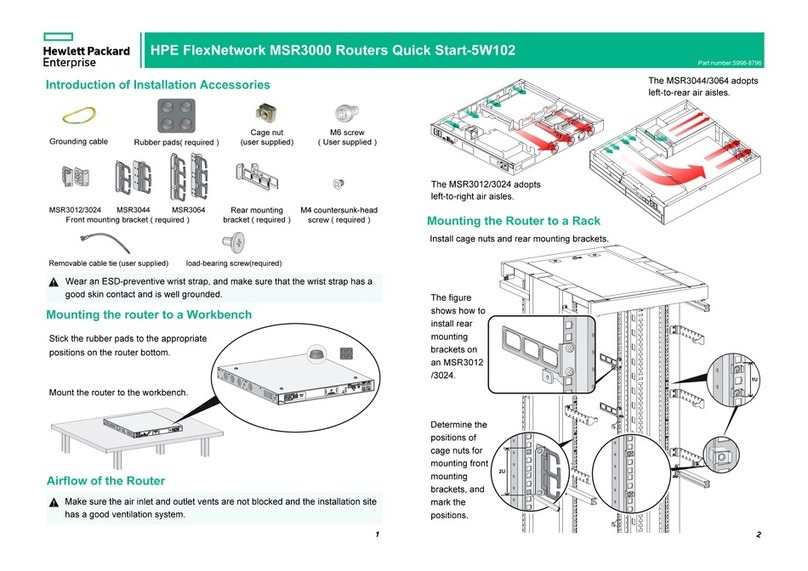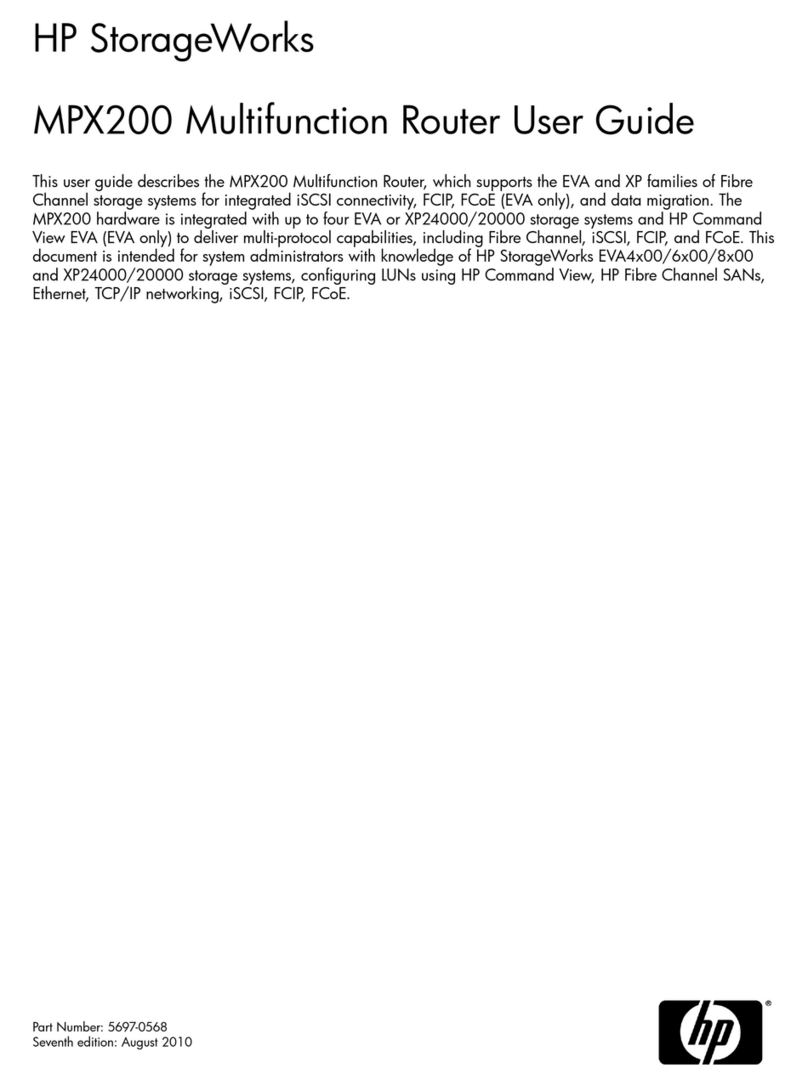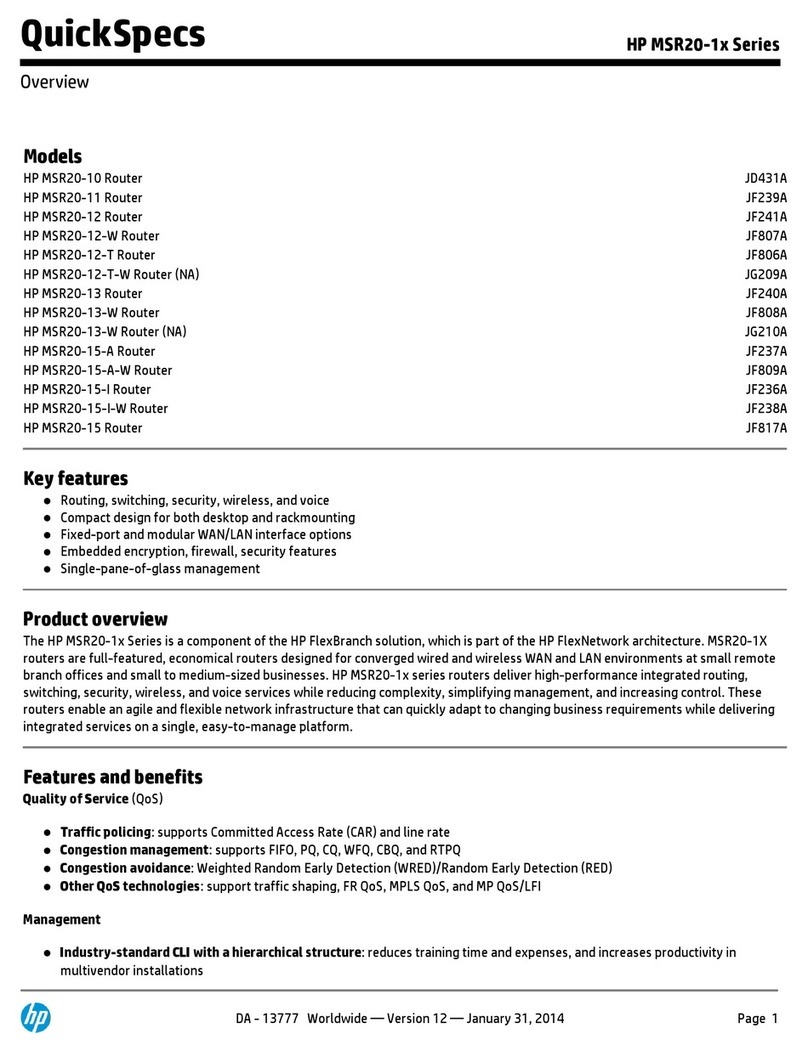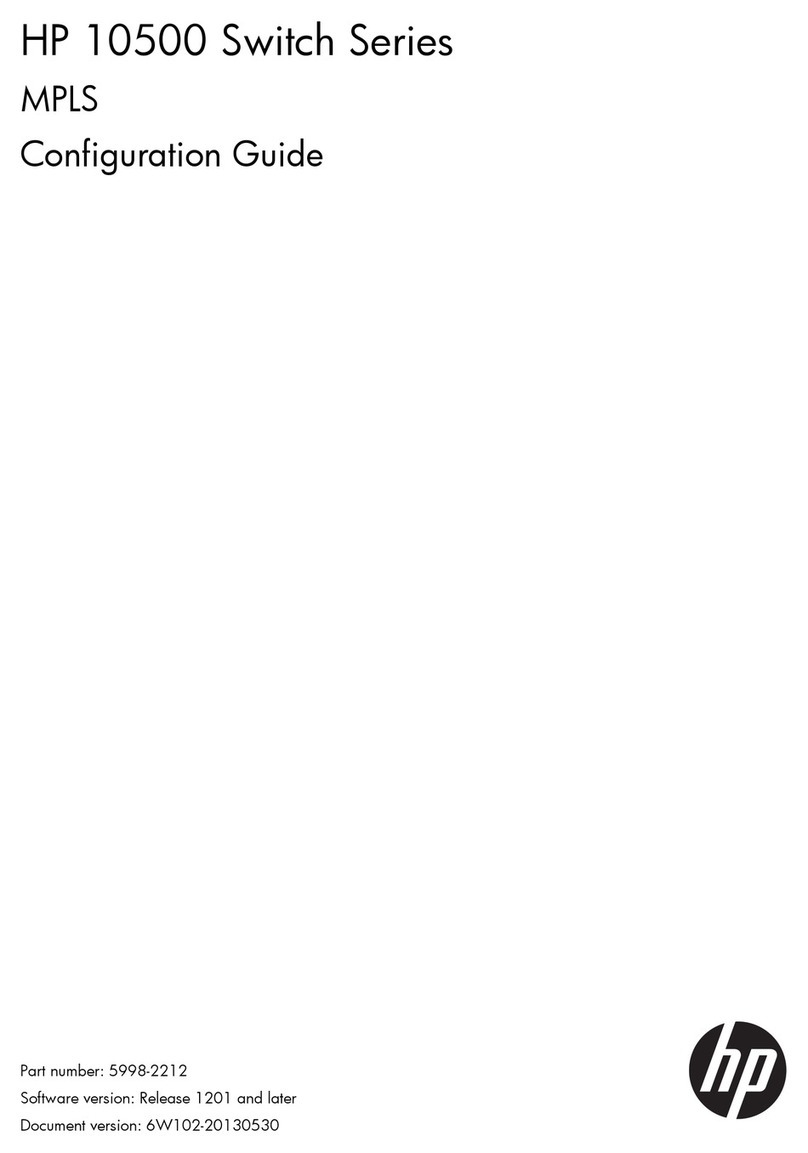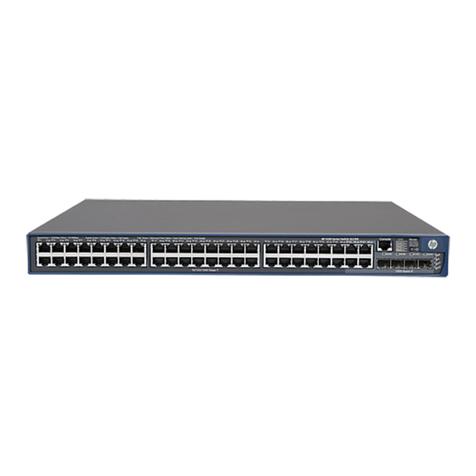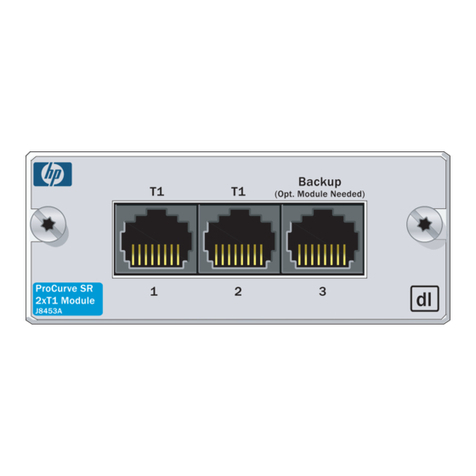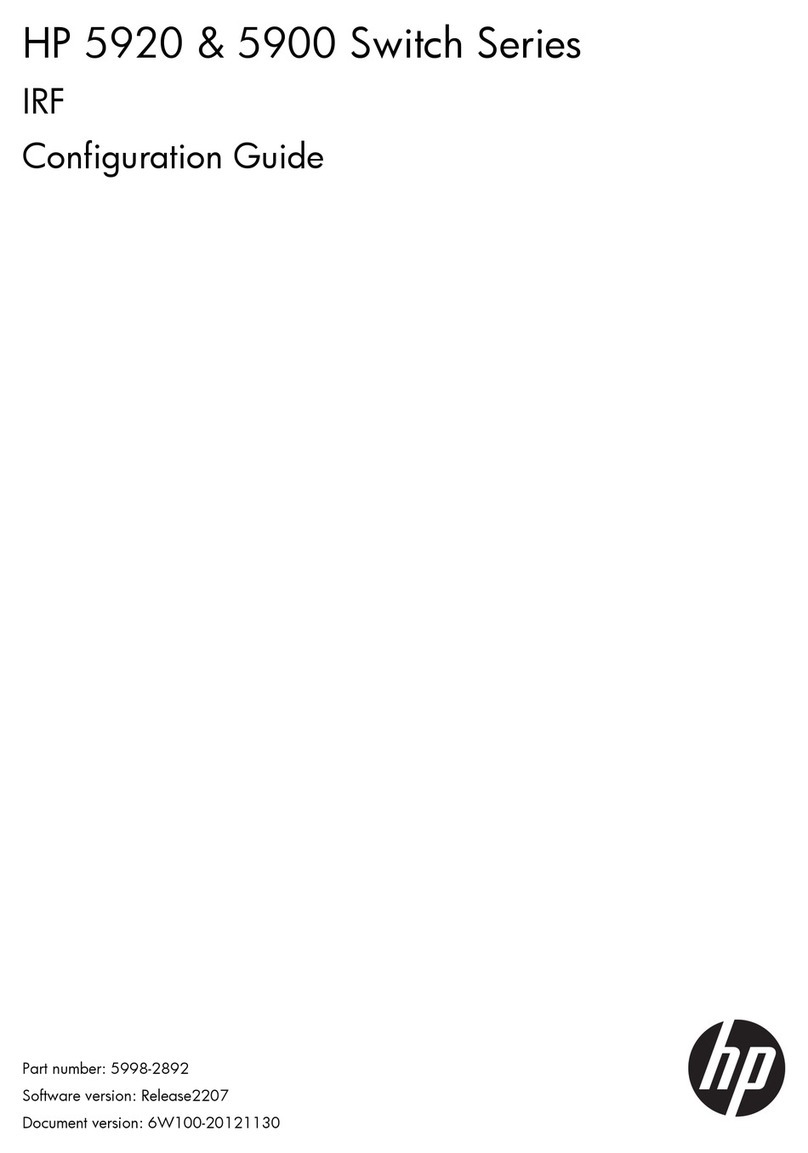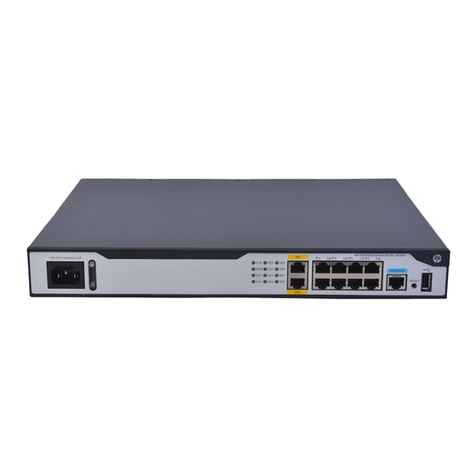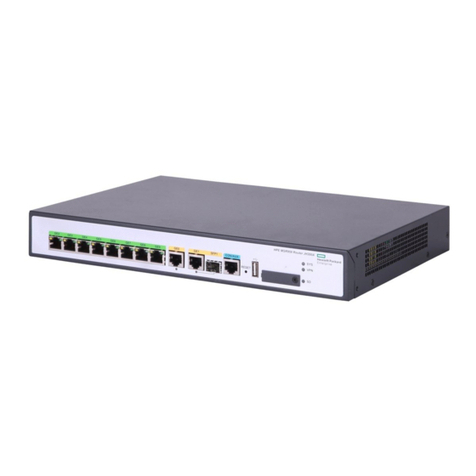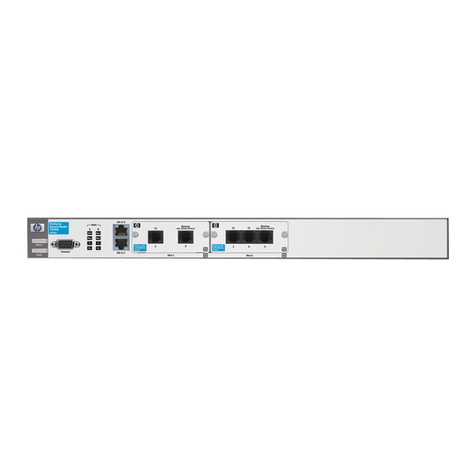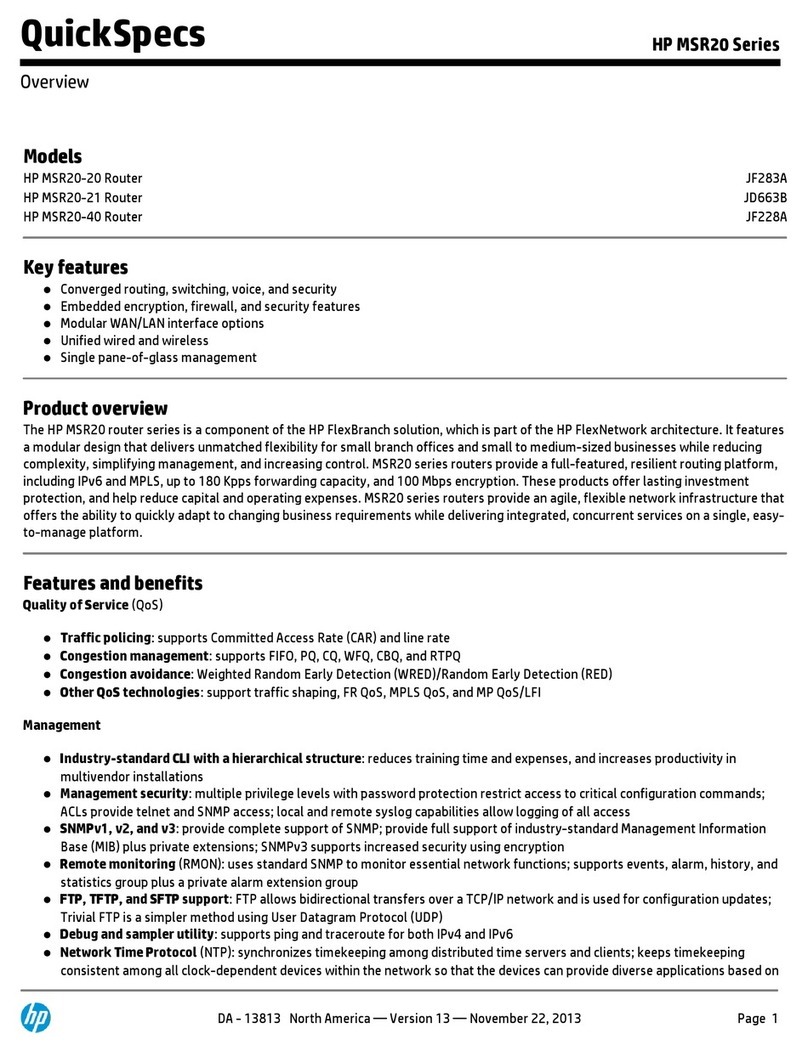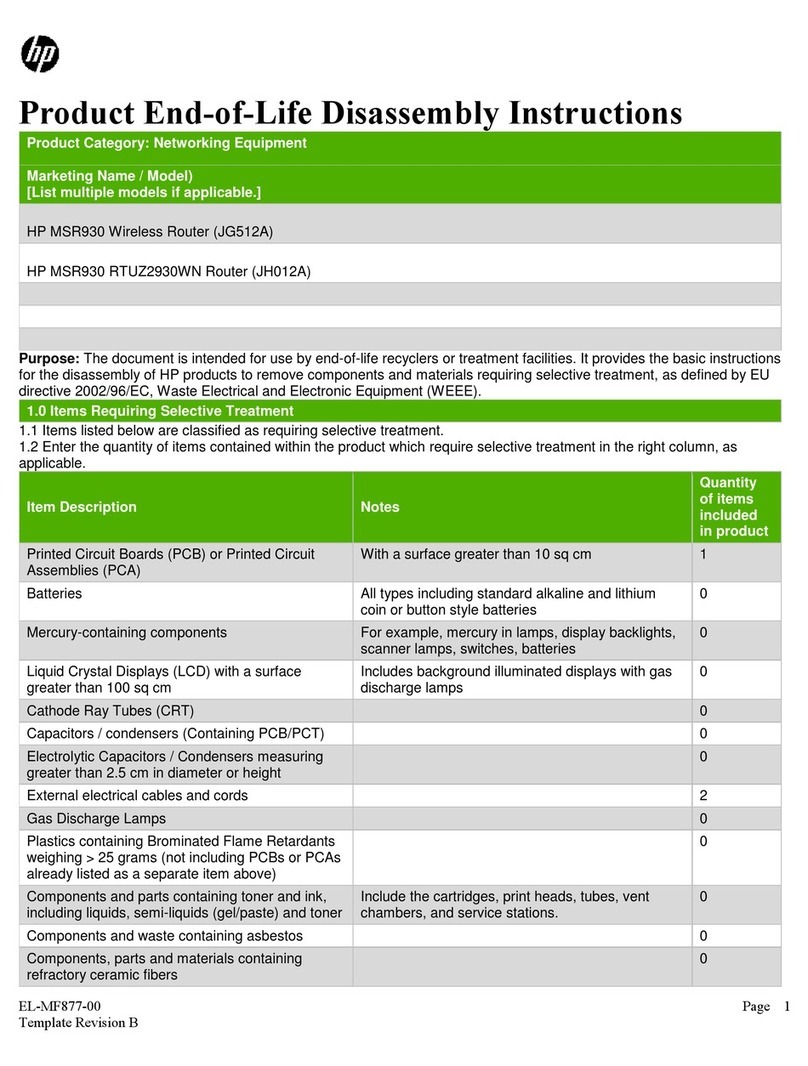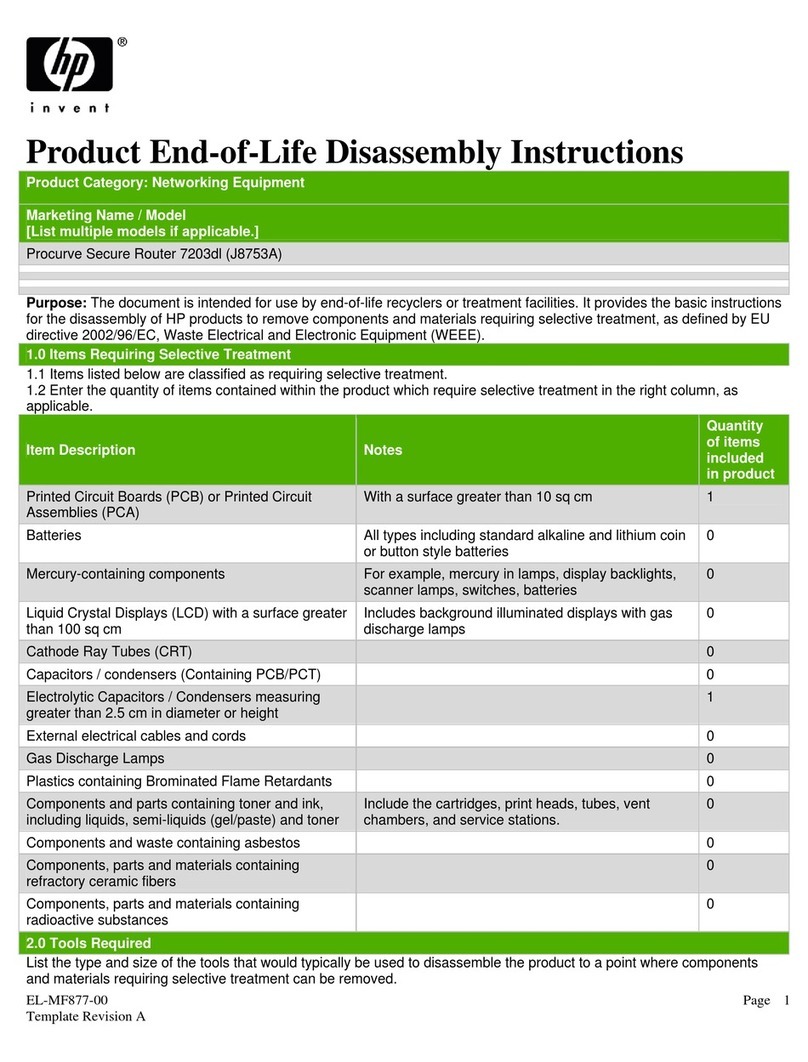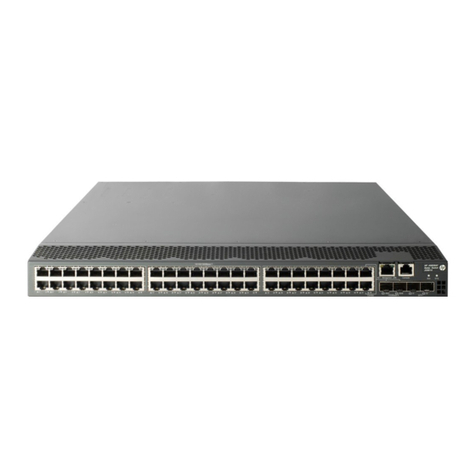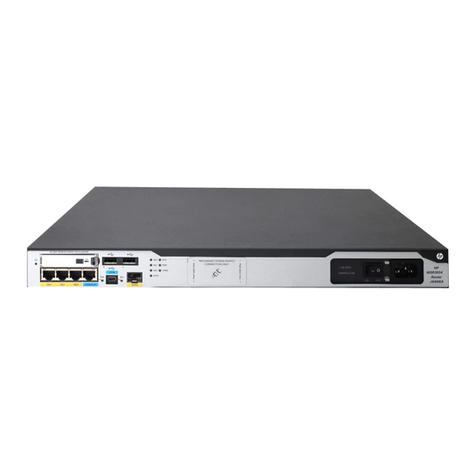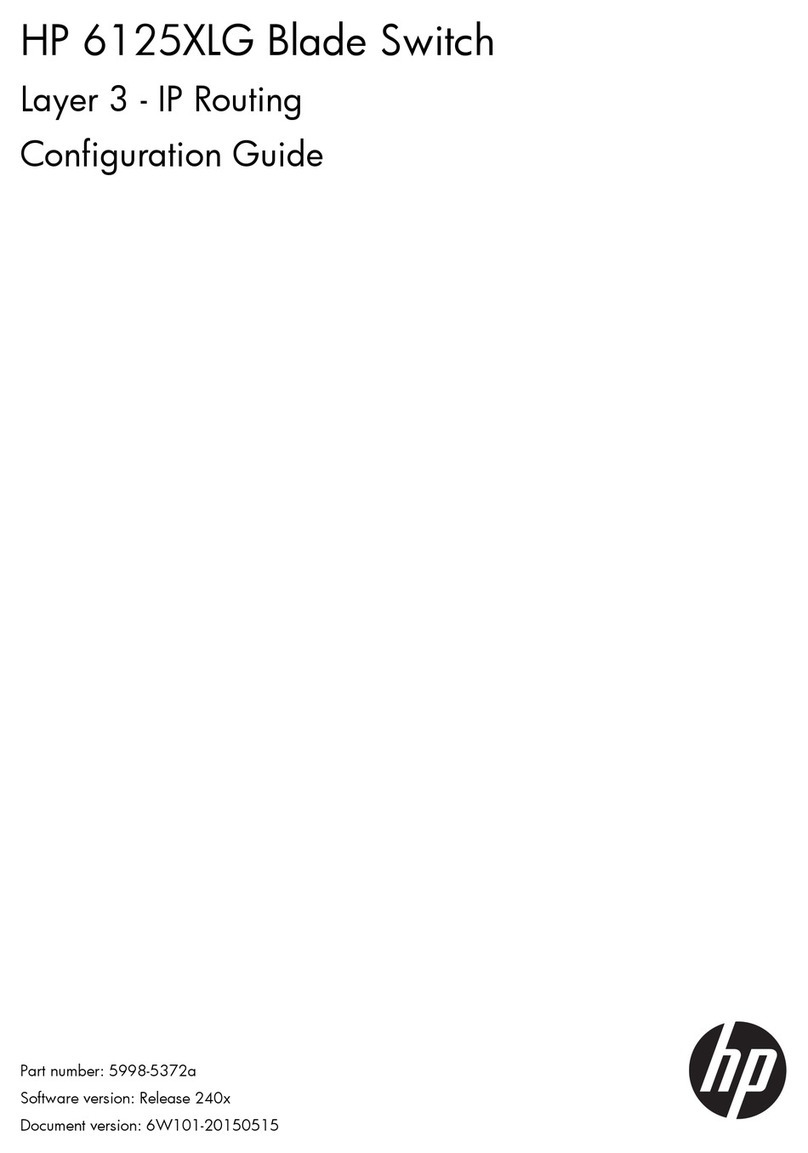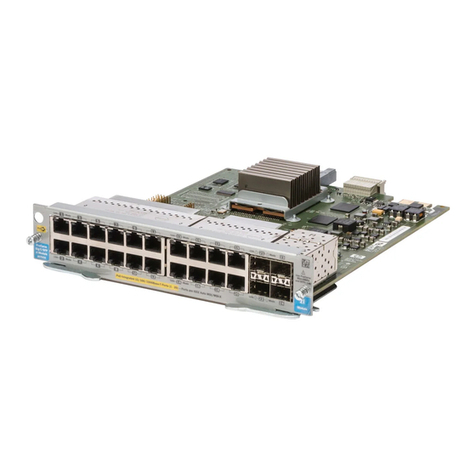
v
FIPS compliance ···························································································································································197
Password control configuration task list·····················································································································198
Configuring password control ····································································································································198
Enabling password control·································································································································198
Setting global password control parameters····································································································199
Setting user group password control parameters ····························································································200
Setting local user password control parameters ······························································································201
Setting super password control parameters ·····································································································201
Setting a local user password in interactive mode ··························································································202
Displaying and maintaining password control ·········································································································202
Password control configuration example ··················································································································203
HABP configuration················································································································································· 206
Introduction to HABP····················································································································································206
Configuring HABP························································································································································207
Configuring the HABP server ·····························································································································207
Configuring an HABP client ·······························································································································207
Displaying and maintaining HABP·····························································································································208
HABP configuration example······································································································································208
Network requirements·········································································································································208
Configuration procedure ····································································································································209
Public key configuration ········································································································································· 211
Asymmetric key algorithm overview ··························································································································211
Basic concepts ·····················································································································································211
Key algorithm types·············································································································································211
Asymmetric key algorithm applications ············································································································212
FIPS compliance ···························································································································································212
Configuring the local asymmetric key pair ···············································································································212
Creating an asymmetric key pair ······················································································································212
Displaying or exporting the local RSA or DSA host public key······································································213
Destroying an asymmetric key pair ···················································································································213
Configuring a remote host's public key·····················································································································214
Displaying and maintaining public keys ···················································································································215
Public key configuration examples·····························································································································215
Configuring a remote host's public key manually ···························································································215
Importing a remote host's public key from a public key file···········································································217
PKI configuration····················································································································································· 220
Introduction to PKI ························································································································································220
PKI overview ························································································································································220
PKI terms·······························································································································································220
Architecture of PKI···············································································································································221
Applications of PKI··············································································································································222
Operation of PKI··················································································································································222
PKI configuration task list ············································································································································223
Configuring an entity DN············································································································································223
Configuring a PKI domain···········································································································································224
Submitting a PKI certificate request····························································································································226
Submitting a certificate request in auto mode··································································································226
Submitting a certificate request in manual mode·····························································································227
Retrieving a certificate manually ································································································································228
Configuring PKI certificate verification ······················································································································228
Destroying a local RSA key pair ································································································································230
Deleting a certificate····················································································································································230
Configuring an access control policy ························································································································230
